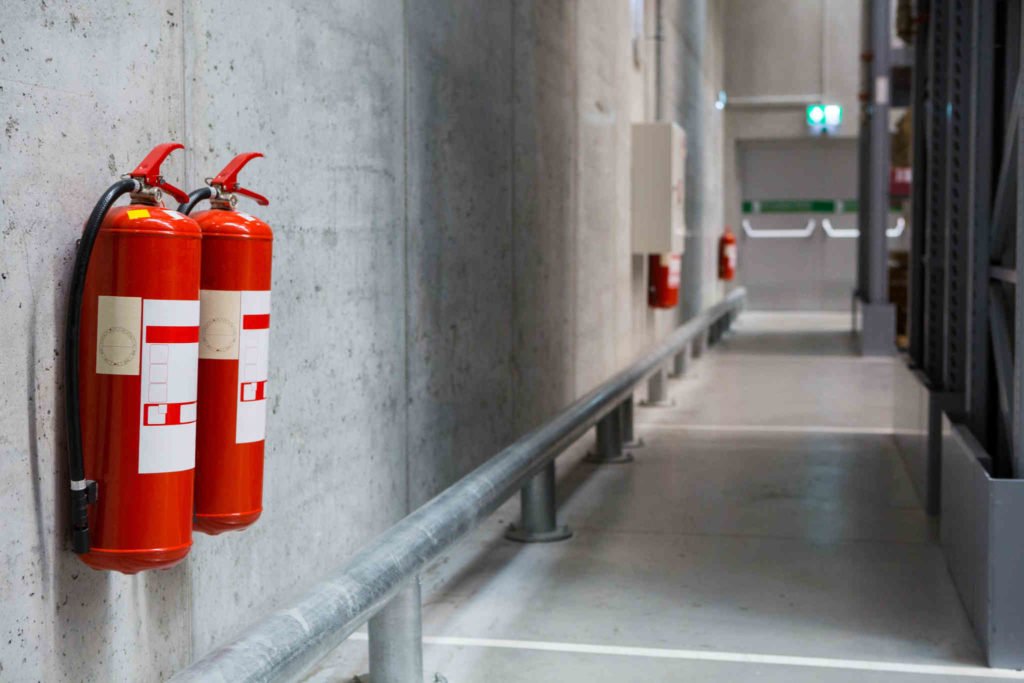
Ensuring fire safety in such environments is crucial to protect not only the physical assets but, more importantly, the lives of employees.
Industrial buildings are hubs of productivity, housing complex machinery, raw materials, and finished products. However, they also present a unique set of fire hazards. From flammable chemicals to extensive electrical systems, the risk factors are varied and significant. Ensuring fire safety in such environments is crucial to protect not only the physical assets but, more importantly, the lives of employees. This guide delves into essential fire safety measures for industrial buildings, highlighting prevention strategies, emergency preparedness, and compliance with regulations.
Understanding the Risks
Industrial buildings often contain numerous fire hazards, including:
- Flammable Materials: Many industrial processes involve using flammable liquids, gases, and solids. Proper storage and handling are critical to minimize risks.
- Electrical Equipment: Faulty wiring, overloaded circuits, and malfunctioning machinery can spark fires.
- Heat-Producing Operations: Welding, cutting, and other high-heat activities can ignite nearby materials.
- Dust and Debris: Accumulations of dust from materials like wood, grain, and certain metals can become explosive under the right conditions.
Identifying and understanding these fire risks is the first step toward effective fire safety management.
Fire Prevention Strategies
Preventing fires in an industrial setting involves a combination of regular maintenance, employee training, and adherence to safety protocols:
Regular Inspections and Maintenance
- Conduct constant fire drills to ensure everybody knows how to react in an emergency.
- Ensure that fire extinguishers, sprinklers, and alarms are in working order and meet regulatory standards.
Proper Storage and Handling
- Store flammable materials in designated, well-ventilated areas away from ignition sources.
- Use proper containers and labeling for hazardous substances.
- Implement strict guidelines for the disposal of waste materials to prevent the accumulation of combustible dust.
Employee Training
- Train employees in fire safety procedures, including the use of fire extinguishers and the importance of keeping exits clear.
- Conduct regular fire drills to ensure everyone knows how to respond in an emergency.
Safe Work Practices
- Enforce no-smoking policies and control the use of open flames.
- Implement safe procedures for high-heat operations, including welding and cutting, with appropriate safety gear and fire watch personnel.
Emergency Preparedness
Despite the best prevention efforts, the potential for fire cannot be entirely eliminated. Therefore, being prepared for an emergency is crucial:
Emergency Evacuation Plan
- Develop a detailed evacuation plan, clearly marking all exits and ensuring they are unobstructed.
- Designate assembly points and ensure all employees are aware of their locations.
Fire Detection and Alarm Systems
- Install smoke detectors, heat detectors, and fire alarms throughout the building.
- Regularly test these systems to confirm they are functional.
Fire Suppression Systems
- Equip the building with automatic sprinkler systems, fire hoses, and portable extinguishers.
- Train key personnel in the operation of fire suppression equipment.
Communication
- Establish a communication plan for alerting all employees in the event of a fire.
- Ensure that communication systems are reliable and can reach all areas of the building.
Regulatory Compliance
Complying with fire safety regulations is a legal requirement and a vital part of protecting lives and property:
Understanding Regulations
- Familiarize yourself with local, state, and federal fire safety regulations relevant to industrial buildings.
- Ensure your fire safety plan complies with standards set by fire organizations like the Occupational Safety and Health Administration and National Fire Protection Association.
Regular Audits
- Conduct regular audits to ensure constant compliance with fire safety regulations.
- Address any deficiencies promptly to maintain a safe working environment.
Documentation
- Keep detailed documentation of all fire safety inspections, maintenance, and training activities.
- Ensure that all documentation is up to date and readily accessible during inspections.
Commercial and Residential Fire Prevention Enquire Now
Trust OUSTFIRE SAFETY ENGINEERS PVT. LTD. for expert fire protection. With over 20 years of experience, we serve residential and commercial clients with top-notch design, installation, inspection, and repair services. Call us at +91 9320379995.The post Prioritizing Fire Safety for Your Industrial Building appeared first on Judd Fire Protection.

